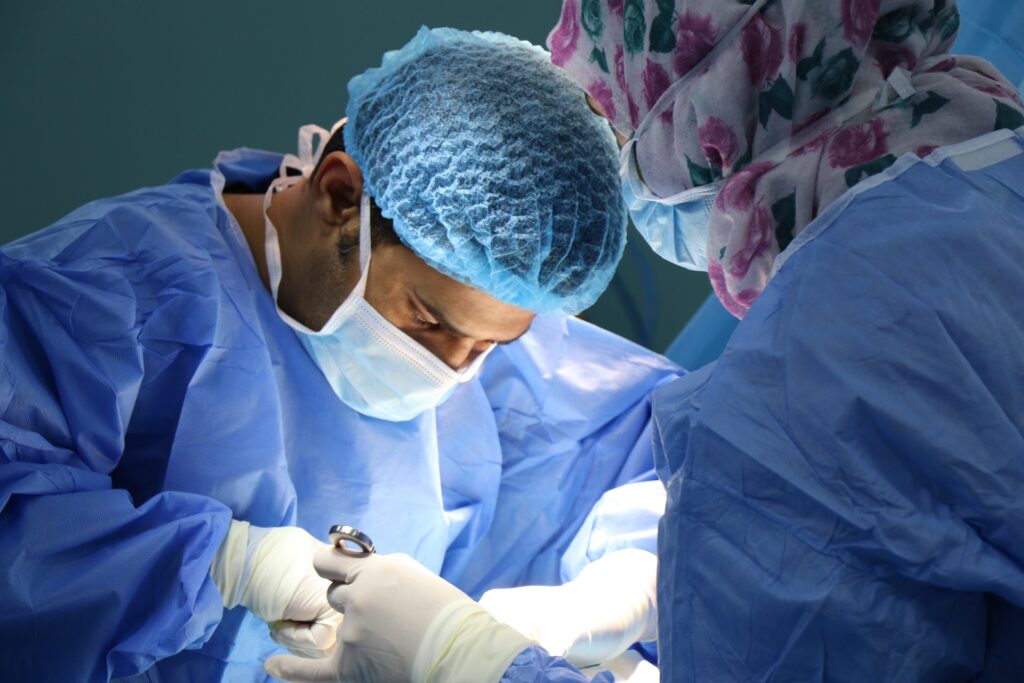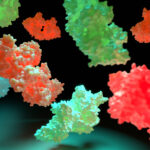
Credit: Photo by JAFAR AHMED on Unsplash
Liver transplant is a lifesaving surgery, but a significant number of patients experience organ rejection or other complications. A study by scientists at Georgetown University and MedStar Health has shown that a single blood sample can be used to detect problems at the earliest stages, allowing tailored treatment to prevent liver organ failure. Their strategy assesses changes in the methylation patterns of cell-free DNA in blood samples to evaluate cellular damage across multiple cell types after transplantation.
The team says their work represents a major step toward the development of a liquid biopsy that could quickly detect post-transplant complications and pinpoint the cause, potentially eliminating to the large part the need for more invasive tests.
“There’s a need for a much better and more granular understanding of what’s driving a transplant failure,” said Anton Wellstein, MD, PhD, professor of oncology and pharmacology at Georgetown’s Lombardi Comprehensive Cancer Center. “With this technology we can draw a blood sample and pretty much get a readout of what’s going on with the whole patient.” Wellstein is co-senior and co-corresponding author of the team’s published paper in Nature Communications, titled “Circulating cell-free DNA methylation patterns indicate cellular sources of allograft injury after liver transplant,” in which they stated “We conclude that cell-free methylated DNA in the circulation of liver transplant patients can indicate allograft injury and discriminate amongst causes of allograft injury matching with tissue biopsy-proven diagnosis.”
Liver transplant is the standard-of-care for patients with end-stage liver disease and is the second most common solid-organ transplant after the kidney, the authors explained. There is a limited supply of livers available for transplant, and preventing organ injury is of paramount importance, said study co-author, Alexander Kroemer, MD, PhD, a transplant surgeon at MedStar Georgetown University Hospital and director of the Center for Translational Transplant Medicine at Georgetown University Medical Center. And as the authors wrote, “Despite improved survival rates, there is still a high prevalence of complications contributing to perioperative mortality post-liver transplant, mostly occurring within the first month.”
There are several ways a transplanted organ can sustain damage. The transplantation process itself can injure the new liver, place stress on nearby organs and trigger an immune response. Currently, transplant doctors can use blood tests to detect potential damage and genetic testing to determine whether the damaged cells originate from the donated liver or the patient’s own body. However, identifying the precise cause often requires costly imaging studies or invasive follow-up tests, such as a liver biopsy. “Unfortunately, current non-invasive biomarkers have a limited scope and fail to identify cellular causes of allograft injury,” the team noted. “Thus, tissue biopsy is still the gold-standard to confirm diagnosis and monitor response to treatment.”
The new technology developed by Kroemer and Wellstein and colleagues works by picking up DNA fragments found in the debris left behind by dying cells circulating in the bloodstream. Analyzing this cell-free DNA (cfDNA) in the circulation is an alternative approach to conventional biomarkers, the researchers continued. “CfDNA consists of fragments shed by dying cells throughout the body and its analysis can serve as a non-invasive approach for monitoring allograft as well as host tissue changes at a cellular level following liver transplant.”
For their newly published study the researchers analyzed 130 blood samples collected from 44 patients at different time points after transplant. “…we utilize circulating, cell-free DNA methylation patterns to monitor cellular damages after liver transplant, impacting the allograft tissue as well as the recipient’s organs,” they explained. Sequence-based methylation of cfDNA fragments were mapped to an atlas of cell-type-specific DNA methylation patterns derived from 476 methylomes of purified cells.
The results showed that the methylation patterns could be used to identify the original cell type and where it came from, with precise detail. “In summary, we show that cfDNA methylation patterns found on fragments released from dying cells can indicate the origins of cell death and tissue damage in transplant patients,” the researchers stated. “We find that sustained elevation of hepatocyte and biliary epithelial cfDNA within the first post-operative month is indicative of allograft injury…In addition, we show that there are significant changes in cfDNA composition corresponding to different allograft injury patterns at time of tissue-biopsy-proven diagnosis.”
When researchers started the project seven years ago they had no idea if it would even be possible to detect cell damage in blood samples. “It was amazing how well it worked,” Wellstein said. “What’s new is that we can now figure out the cellular origin of the damage. We can pinpoint the cell types, either in the transplanted organ or in the host, in other tissues that are getting damaged or under threat of damage.”
The convenience of the test means it can be repeated at frequent intervals, he noted, making it easier for doctors to monitor patients and detect problems early. “If you were to know, for instance, that the biliary compartment [of the liver] is injured but not the hepatocellular compartment, you could provide a more personalized treatment approach that leads to better care for the patient,” Kroemer noted.
In addition to being faster and less invasive than a traditional tissue biopsy, the blood test is also potentially more accurate, Kroemer added. “With needle biopsies, there’s always the potential for sampling bias, because you’re not sampling the whole liver. It’s just one small core that’s being evaluated.”
Georgetown has filed patent applications on the technology with Wellstein, Kroemer and McNamara named as co-inventors. The researchers are studying additional applications, including in other organ transplants, in patients receiving radiation therapy for breast cancer, and in melanoma treatment. The team is also seeking partners to commercialize the technology for clinical settings.
“We can make the discovery—that’s where academia comes in—but if you want to translate it for use in transplantation, it has to go to industry,” Wellstein said.



